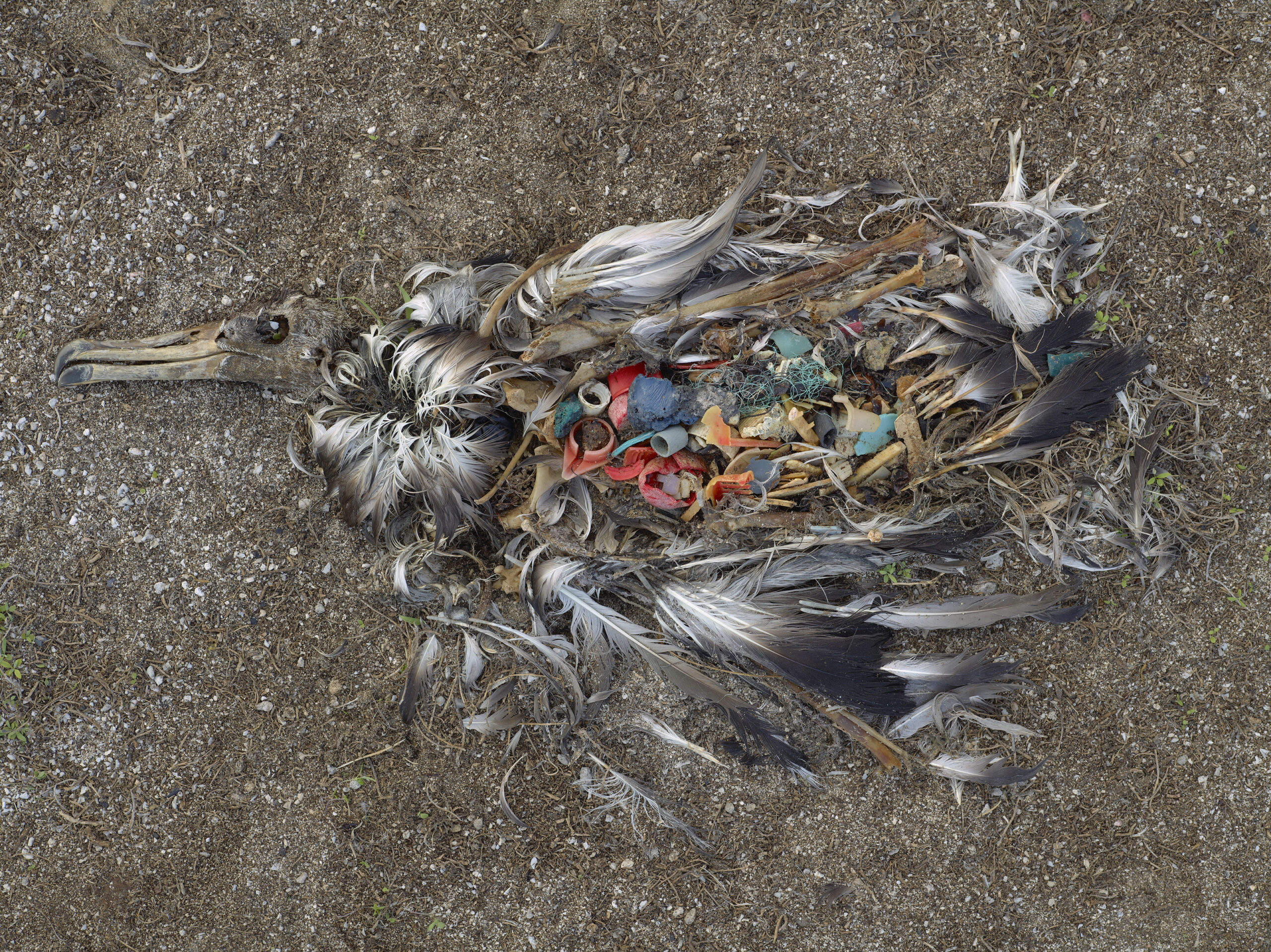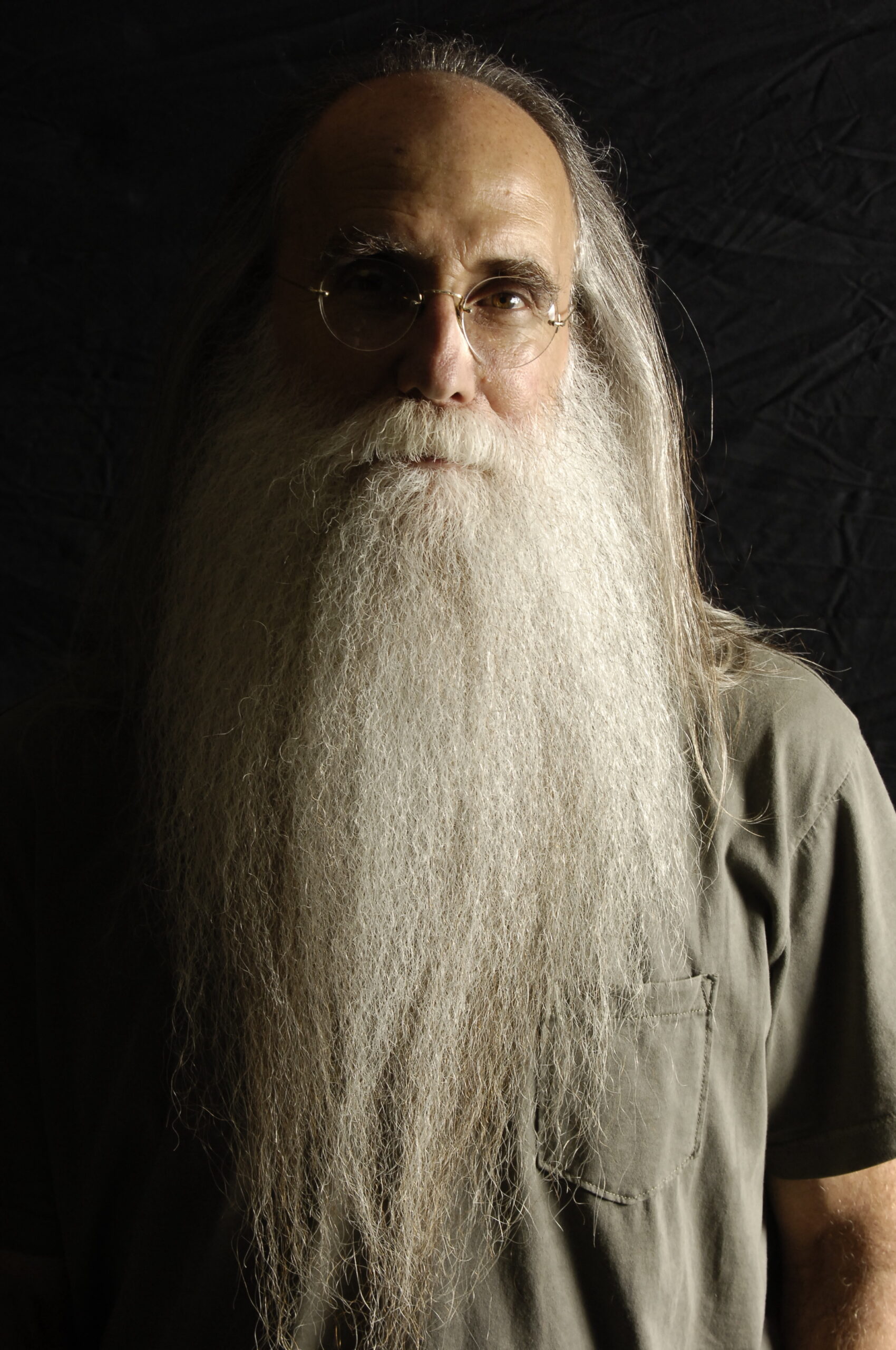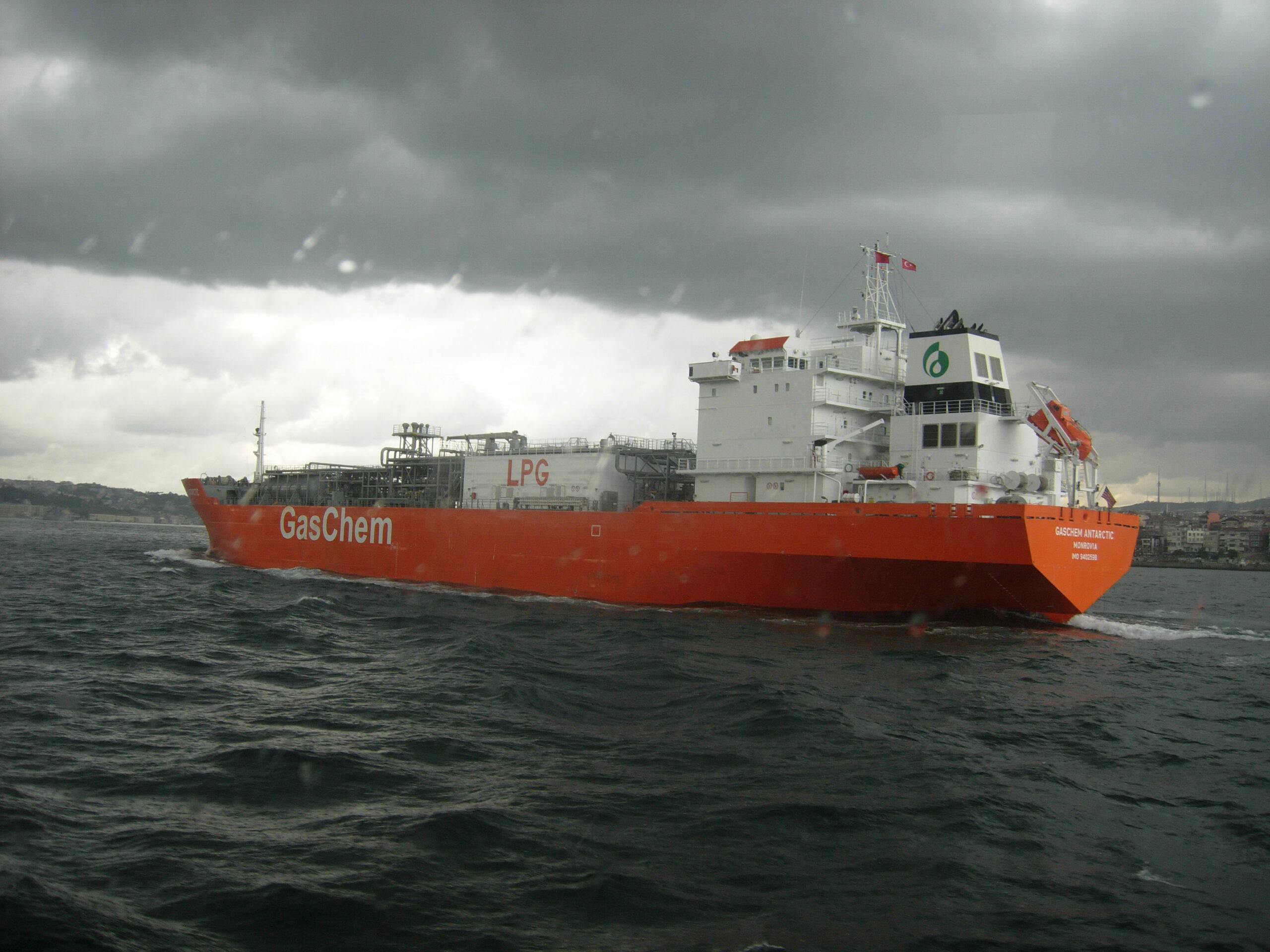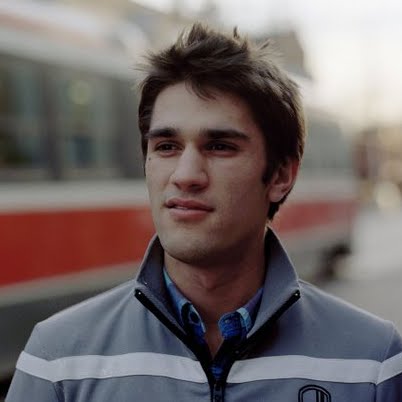
Plastics found in the bowel of an albatros - Courtesy of Chris Jordan
When Chris Jordan, a 46-year- old photographer from Seattle, Washington first visited the Midway Islands in the Pacific Ocean, he was surprised to see plastic toy soldiers inside the bowels of albatross birds. Jordan walked along the island shooting bright colored plastic caps, bags, and other items that filled their decomposing bodies. He did not shuffle through the plastic. He titled the assembled images “Midway I,” using the albatross as the messenger of widespread plastic pollution in our oceans, caused by human mass consumption of plastic.
Jordan is one of few successful pioneering photographers of ocean pollution. He uses a medium formal digital camera to show the large-scale plastic consumption. He then processes the images using Adobe Photoshop and ink jet printers. “Some people think I rearrange the plastic inside the decomposed birds,” Jordan says. “But that is how I found them on an island more remote than the North Pole.”
With his unpublished “Midway II” series of photography underway, Jordan fumbles through the plastic layers. He spreads them out to display full stomach content, finding an array of plastic material. He goes on to collect more data from scientists studying on the Midway. “Three-hundred billion pounds of plastic is dumped into the ocean annually,” Jordan explains. “Ninety-seven percent of plastic is broken down smaller than a millimeter.” After plastic is broken down, it does not surface and its molecules do not dissolve, so the pieces are often mistaken as food by birds and ocean life.
“[Plastic] companies have formed coalitions and created public service announcements to promote plastics.” Slogans include, “Plastic is not bad; if we recycle.” Jordan disputes such claims given evidence of water and soda bottle caps found in the albatross who fly a thousand miles to the Midway collecting food along the ocean surface. Up to one million birds make the journey, he says, and as many as 100,000 die each year from consuming plastic. “Like the canary in a mine,” argues Jordan, “the albatross signal an alarm to communicate a deeper issue.”
Jordan’s river

Plastics found in the bowel of an albatros - Courtesy of Chris Jordan
Jordan’s path to photographing trash was unexpected. The son of a famous photographer, Jordan was a litigation lawyer before becoming a photographer in 2003. At first, he photographed beautiful calla lilies, as he was interested in aesthetics. He then became interested in the colorful pallet of plastic. “The big pile of trash was like an impressionist painting,” he says.
Interested in the collective culture of irresponsible consumption, Jordan highlights the “unconscious decision of people who create a catastrophe when they destroy the environment.” Jordan argues that populations as a collective do not understand the environmental impact of pollution, whereas individuals understand its harmful impact.
Jordan’s advocacy has brought him as far as Qatar, where he presented previous works including “Running the Numbers” to students at Doha’s Virginia Commonwealth University. The photographic compilation chronicles the vast waste streams of our consumer culture. Rather than abstract statistics alone, the photographs are made up of thousands of smaller objects, each designed as an ecological commentary.
“I do my work in waves,” Jordan says. When he is not traveling and taking photographs, Jordan engages in public speaking events and exhibitions. He hopes to exhibit Midway II soon to convey the message of the albatross: Plastic is bad for our oceans! “Half of the world’s food supply is fish,” says Jordan, “and only recently, in the past five years of so, have people become aware of the problem in our oceans.”





